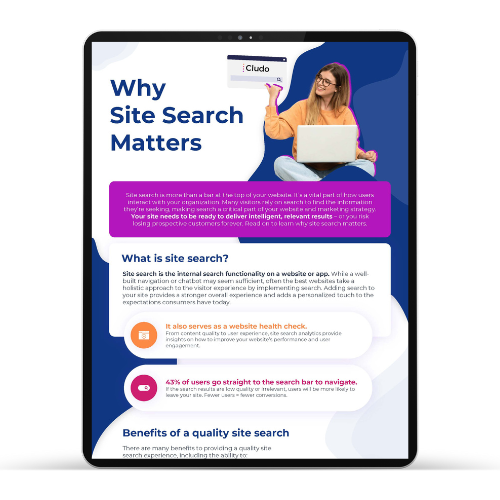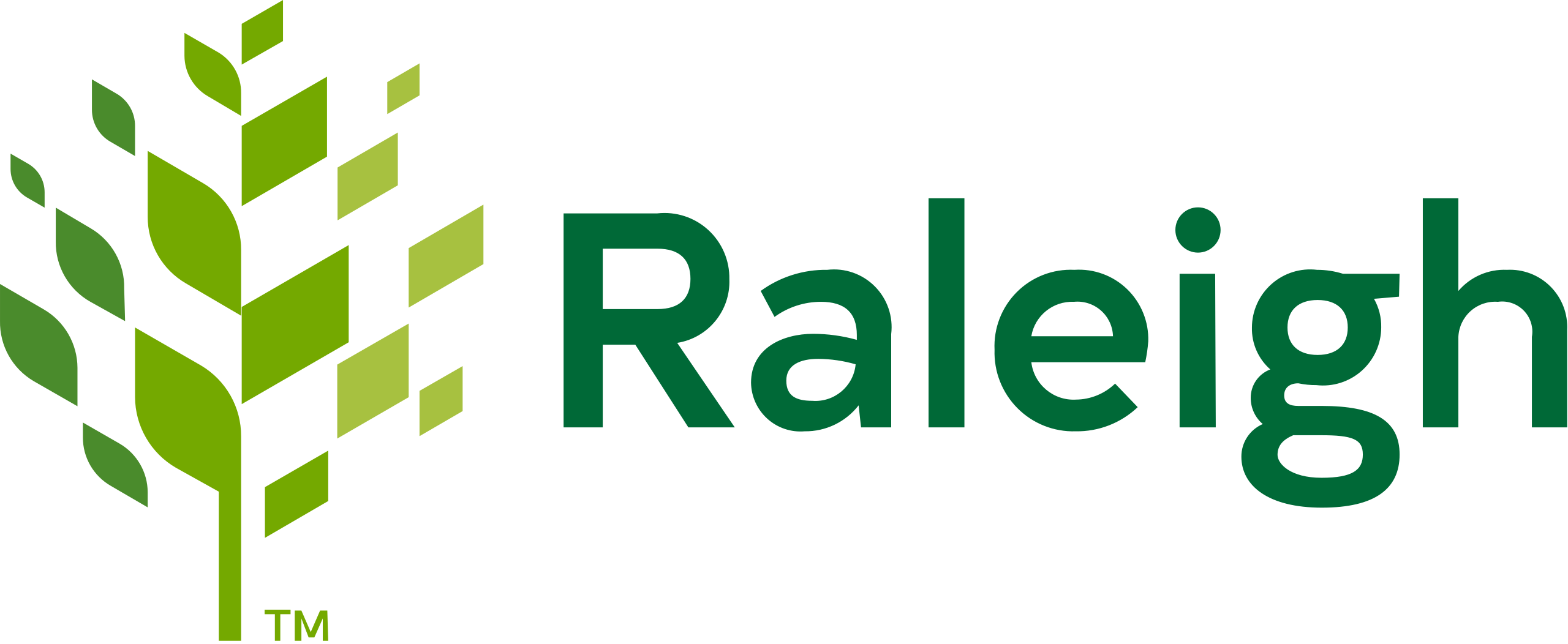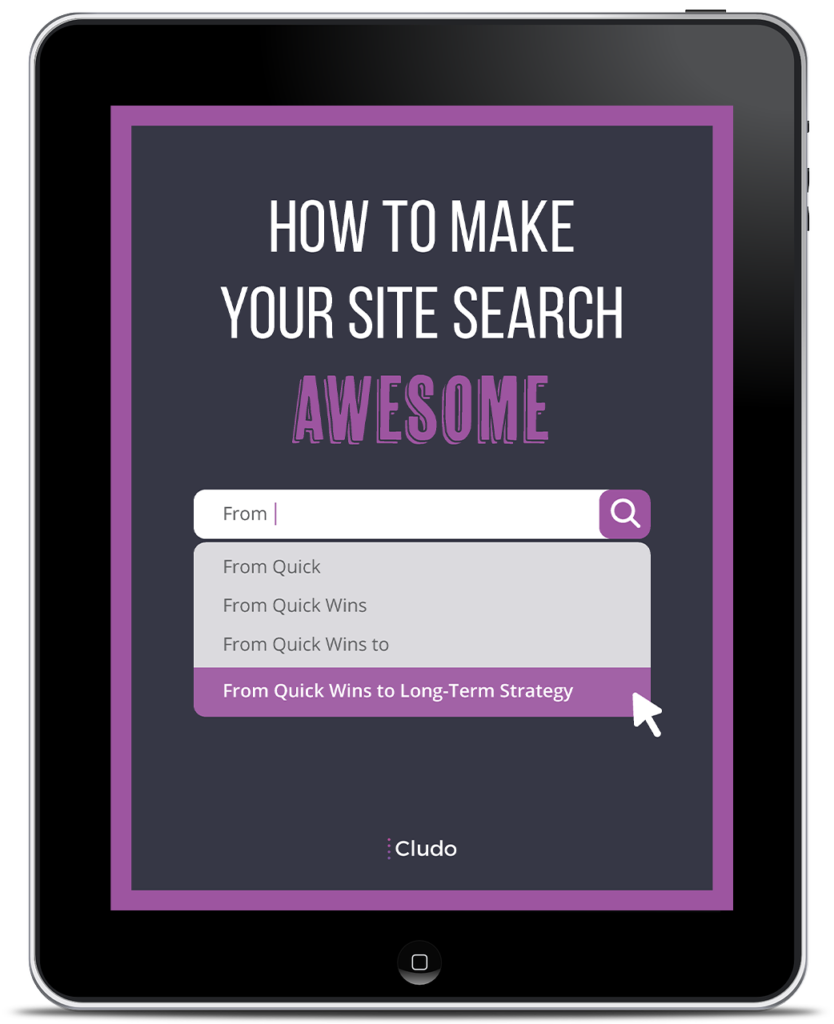Research, reports and resources
The Ultimate Site Search Buyers Guide
Thinking about buying a site search solution but still have some questions? This extensive guide is for you. Learn what questions to ask, the functionality needed when evaluating solutions to meet your specific needs and ensure you make an informed site search purchase.
Harnessing Natural Language Processing and Artificial Intelligence for Smarter Search
Join Cludo as we survey some of the most important recent advances like NLP and AI in search technology.
The Benefits of Incorporating Site Search Into Your Website Redesign
Take a deep dive into our comprehensive guide that explains why incorporating site search into your website redesign is crucial.
Why Site Search Matters
Find yourself asking why site search is such an important part of your marketing strategy? There are endless answers to that question, which is why we put together this infographic.
Success stories
Situation
For a global manufacturer in a post-Covid world, growth means survival. This meant more tangible digital marketing results.
Solution
Bobcat discovered a key missing link between customers, digital content, dealers, and revenue growth: site search.
Impact
Site search played a pivotal role in their digital marketing transformation, leading to around 600% lead growth.
Situation
With the sunsetting of Google Search Appliance and a website up for redesign, the City of Raleigh was in the market for a new search technology.
Solution
When choosing a new search technology, Raleigh had specific needs to be met. Seeking a fast and easy implementation, they ultimately chose Cludo.
Impact
Cludo’s easy-to-use technology has also allowed the City of Raleigh to make timely updates directly in the backend, saving time and resources.
Situation
Serving a massive consumer base with a diverse set of needs, Vodafone Australia was looking for an efficient way to direct customers to the products or services they need.
Solution
The solution had to be user-friendly, enabling the digital marketing team to easily optimize results and promote offers, which ultimately lead them to Cludo.
Impact
Now, when Vodafone customers choose to use the internal search function, the most appropriate search results page comes up as number one.
How to Make Your Site Search Awesome (From Quick Wins to Long-Term Strategy)
Download this Ebook to learn how you can take full advantage of your site search and make it awesome.



